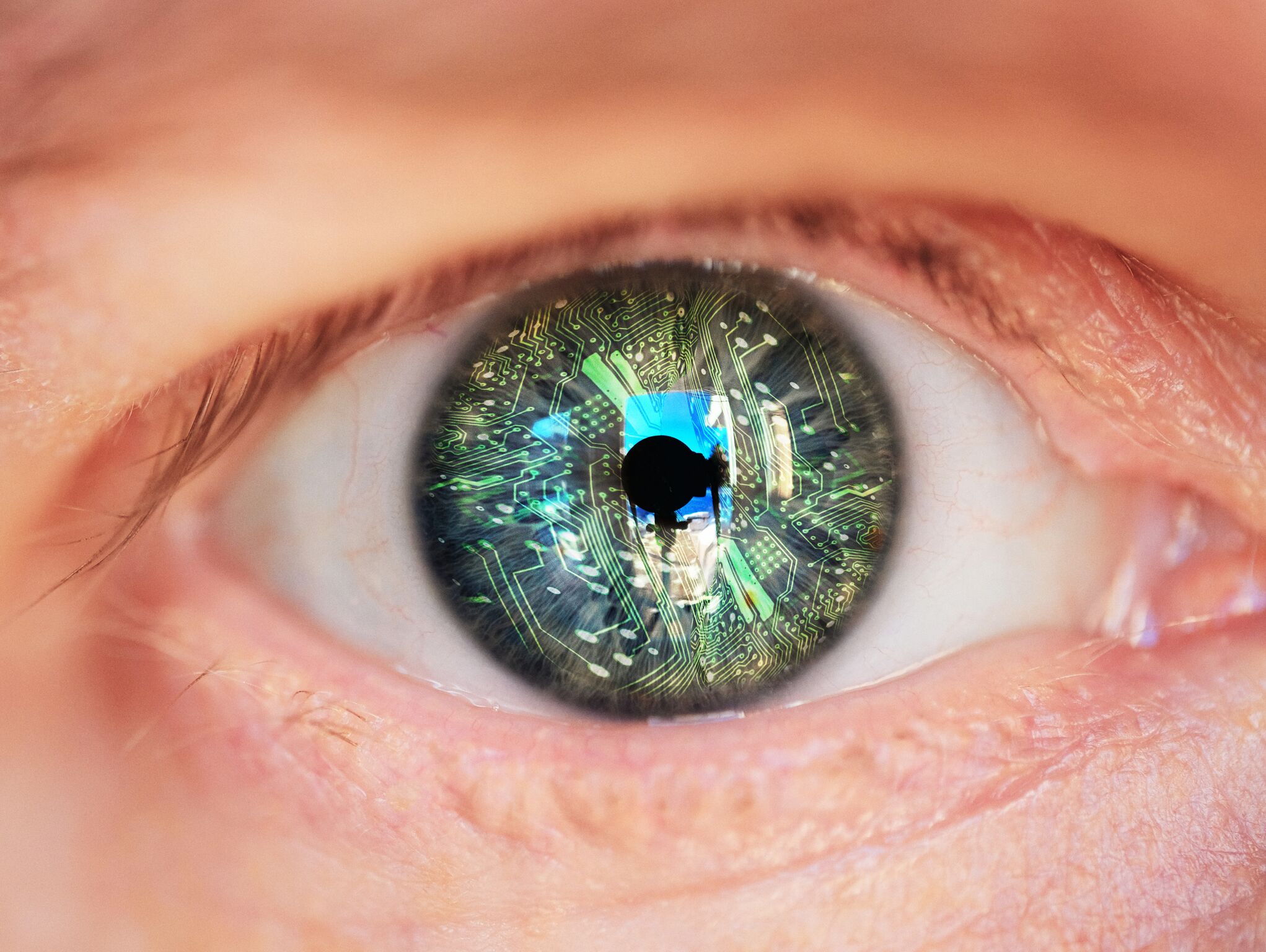
More than 30 million Americans live with diabetes, and of those one in four will develop retinopathy, a disease in which high blood sugar levels cause damage to blood vessels in the retina, potentially causing them to swell and leak and impacting the patient’s vision.
That’s the context for the recent announcement by the American Academy of Ophthalmology (AAO) that an AI tool has been developed that, in tests, enabled non-ophthalmologists to accurately detect diabetic retinopathy in 60 seconds, making real-time screening possible for primary care organizations and diabetes centers.
According to an AAO statement, the tool accurately identified eye diseases in patients with diabetes 95.5 percent of the time, which could improve care for those millions of patients who need yearly screenings for diabetic retinopathy.
Ophthalmologists have effective treatments for diabetic retinopathy, but they work best when the condition is caught early. Hence the recommended yearly screening. As the number of Americans who require regular screening grows, however, ophthalmologists need an accurate, automated system that can identify patients who need to be seen for treatment.
Researchers used a system called EyeArt to screen 893 patients with diabetes at 15 different healthcare organizations. Using only images where patients’ eyes were not dilated, the EyeArt system achieved a sensitivity of 95.5 percent and a specificity of 86 percent.
Moreover, only a small fraction of eyes required dilation to achieve an image good enough to be analyzed by the tool. More than 90 percent of the eyes identified as positive by the EyeArt system had diabetic retinopathy or another eye disease per the reference standard.
“Diabetic patients already outnumber practicing ophthalmologists in the United States, and unfortunately, that imbalance is only expected to grow,” said Srinivas Sadda, MD of the Doheny Eye Institute/UCLA and the team’s lead. “Accurate, real-time diagnosis holds great promise for the millions of patients living with diabetes. In addition to increased accessibility, a prompt diagnosis made possible with AI means identifying those at risk of blindness and getting them in front of an ophthalmologist for treatment before it is too late.”


